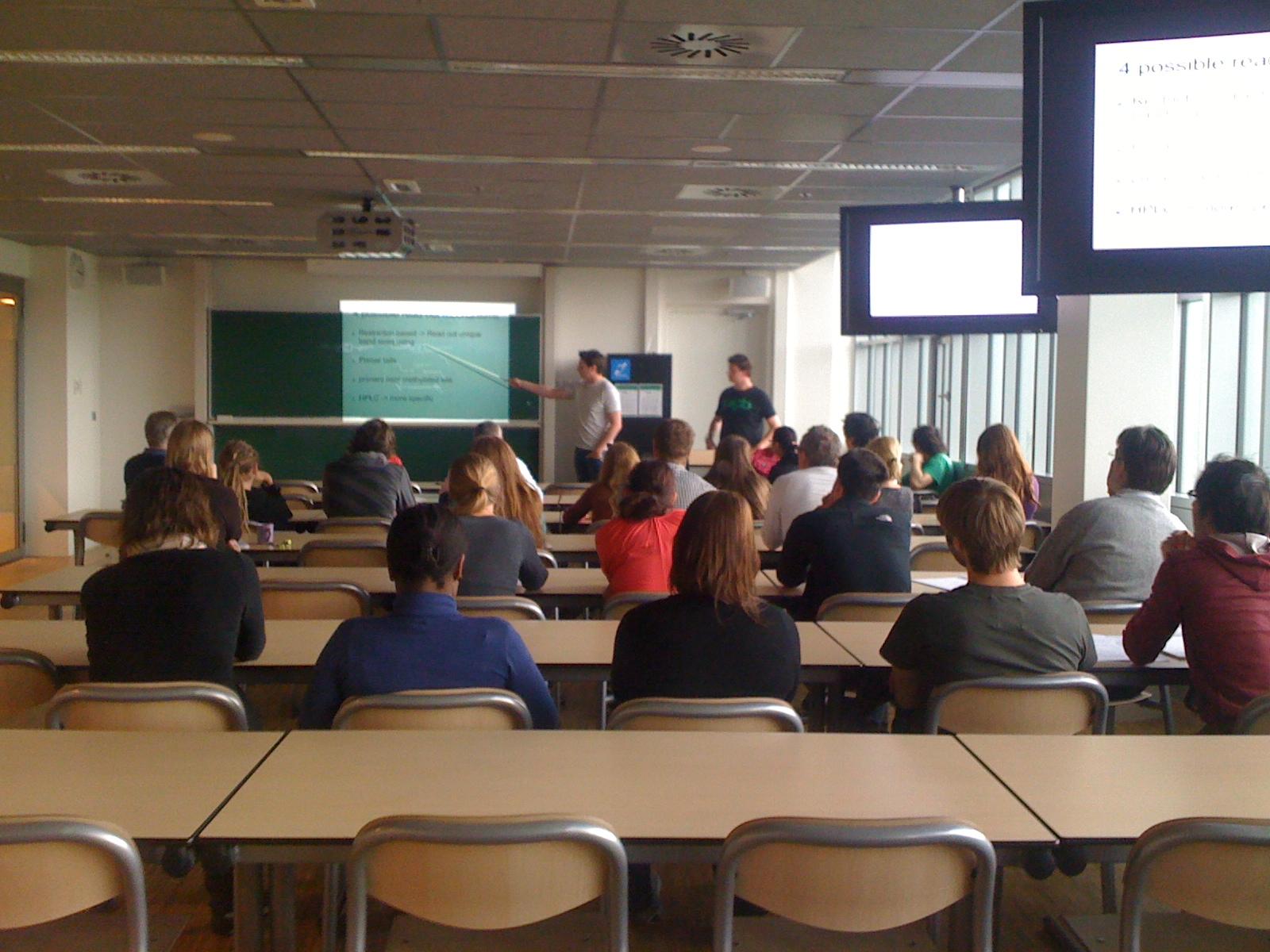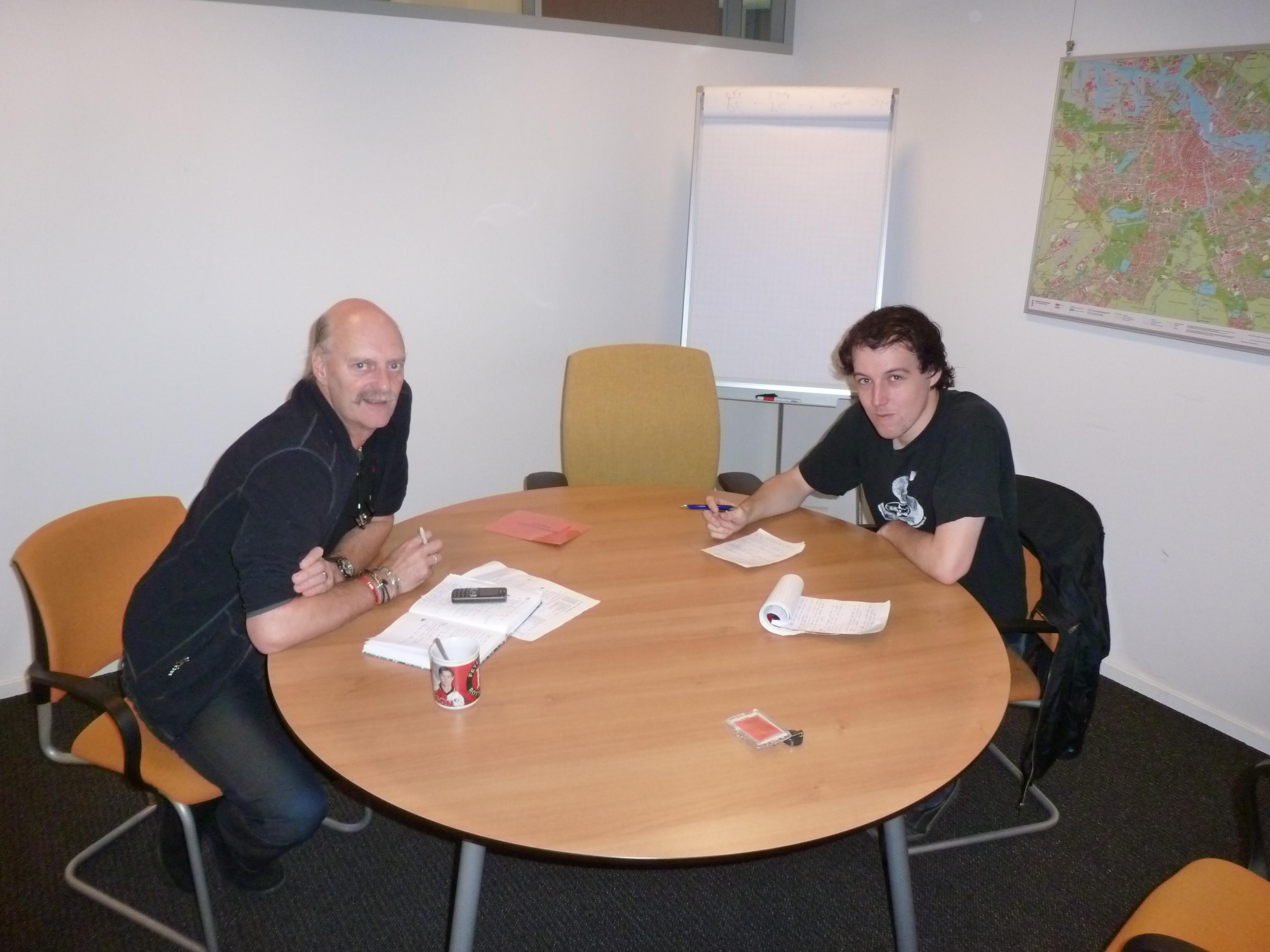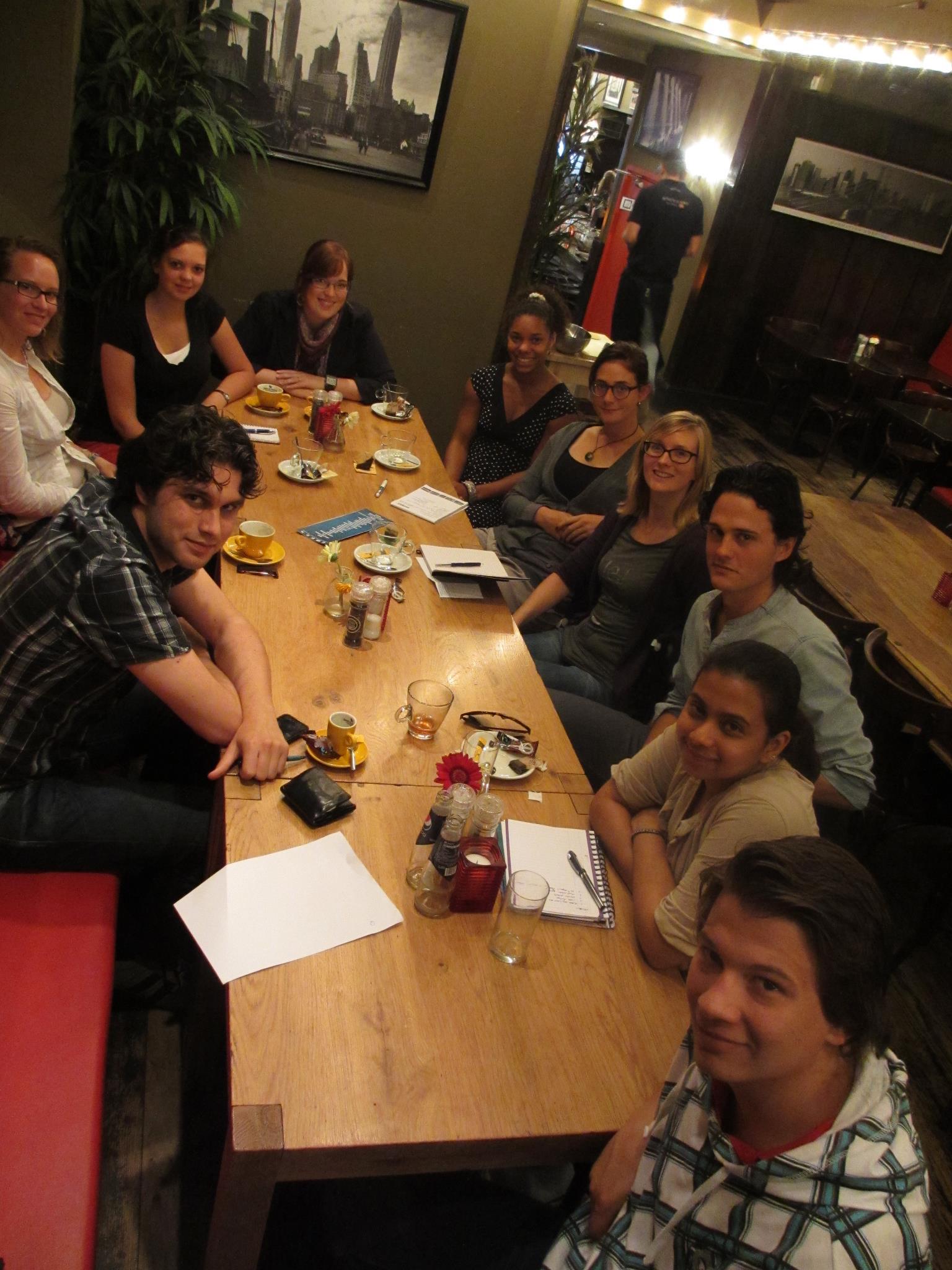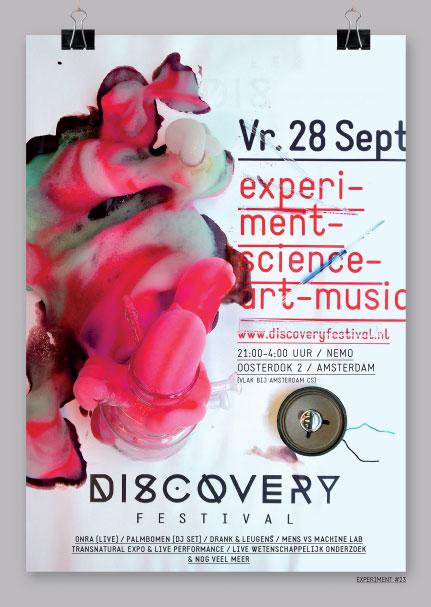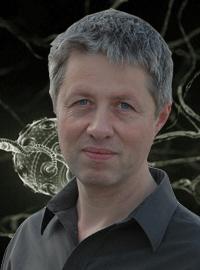Team:Amsterdam/practices/results
From 2012.igem.org
Mmendeville (Talk | contribs) |
Mmendeville (Talk | contribs) |
||
| Line 15: | Line 15: | ||
<h4>Experts in biotechnology</h4> | <h4>Experts in biotechnology</h4> | ||
[[File:Amsterdam_practices_1.jpg|300px|right|thumb|Figure 1: Presenting our project in an early stage to the experts at the UvA]] | [[File:Amsterdam_practices_1.jpg|300px|right|thumb|Figure 1: Presenting our project in an early stage to the experts at the UvA]] | ||
| - | In the first month of our project we organized presentations at both universities (UvA and VU) and invited scientists from the departments of Molecular Cell Biology and the Swammerdam Institute for Life Sciences (SILS). During these presentations we explained how we wanted to realize our project, the Cellular Logbook. We proposed our designed molecular mechanisms of the Cellular Logbook to these experts. Although most feedback confirmed the neatness of our project design, we received some relevant feedback: | + | In the first month of our project we organized presentations at both universities (UvA and VU) and invited scientists from the departments of [http://www.falw.vu.nl/nl/onderzoek/molecular-cell-biology/ ''Molecular Cell Biology and the Swammerdam Institute for Life Sciences (SILS)]. During these presentations we explained how we wanted to realize our project, the Cellular Logbook. We proposed our designed molecular mechanisms of the Cellular Logbook to these experts. Although most feedback confirmed the neatness of our project design, we received some relevant feedback: |
* Low concentrations of IPTG may (1-100 µM) not enter the cell, because of the phenomenon called ‘inducer exclusion’. In this case, glucose transport leads to phosphorylation of a compound of the phosphotransferase system (PTS), which in turn blocks the lacY transporter of IPTG. During our experiments we prevented this from happening by using higher concentrations of IPTG. | * Low concentrations of IPTG may (1-100 µM) not enter the cell, because of the phenomenon called ‘inducer exclusion’. In this case, glucose transport leads to phosphorylation of a compound of the phosphotransferase system (PTS), which in turn blocks the lacY transporter of IPTG. During our experiments we prevented this from happening by using higher concentrations of IPTG. | ||
Revision as of 01:49, 27 September 2012




Human Practices: Results
Contents |
Social scientist
We started working on our human practice through a ‘crash course’ on SB and iGEM organized by the supervisors of the Amsterdam and Delft 2012 iGEM teams. One of our advisors, Wieke Betten, gave a lecture about the importance of ‘good’ incorporation of the societal context in the development of SB and embedding of SB in society. The key word from this presentation was valorization. The only way this can be achieved, she stated, was by early involvement of stakeholders and public in the design of a new scientific project. This lecture inspired us to outline a generic approach in human practice that could be applied not only to our present iGEM topics, the Cellular Logbook, but also to all future iGEM teams. Such a generic approach in human practice would reflect on the ethical, societal, safety and security issues concerning each specific project. Our Interactive iGEM research approach was born.
Experts in biotechnology
In the first month of our project we organized presentations at both universities (UvA and VU) and invited scientists from the departments of Molecular Cell Biology and the Swammerdam Institute for Life Sciences (SILS). During these presentations we explained how we wanted to realize our project, the Cellular Logbook. We proposed our designed molecular mechanisms of the Cellular Logbook to these experts. Although most feedback confirmed the neatness of our project design, we received some relevant feedback:
- Low concentrations of IPTG may (1-100 µM) not enter the cell, because of the phenomenon called ‘inducer exclusion’. In this case, glucose transport leads to phosphorylation of a compound of the phosphotransferase system (PTS), which in turn blocks the lacY transporter of IPTG. During our experiments we prevented this from happening by using higher concentrations of IPTG.
- The basal activity of the envisioned LacH promotor might result in background noise because of leaky expression of the methyltransferase.
We tried to solve this problem by doing experiments with the LacIQ strain of E.coli and by using the pBAD promotor. (link to data page: ‘reducing basal activity…’)
Innovation manager & Business developer
Early in the stage of our project we realized that the Cellular Logbook had the potential to become a platform technology for synthetic biology. Although we could think of numerous different applications for our system in the future, none of these applications were really evident at the moment; our main focus was to get the proof of concept that our multi-signal sensing system would work. We did realize though, that we needed to have a clear story on how to present our project to all kinds of audiences.
In order to get some advice on this, we went to talk to Willem Fokkema, innovation manager and business developer at the UvA Technology Transfer Office. Willem Fokkema is specialized in the applicability of knowledge and aiding life scientists to find commercial partners. We started of with an explanation of our project, after which he gave us some tips:
- Work on your elevator pitch. You should be able to explain your project in one minute.
- Don’t use ‘cheap or low costs’ as an argument in favor of your technology. Focus on what your technology can do and help companies see how this can help them.
- Concerning legal issues: he stated that we shouldn’t think about patenting until we would have a clear ‘product and application’ in mind. He proposed he would give us advice regarding patenting at a later stage of our project.
- In thinking of applications for your project, consider going through the list of Global Grand Challenges.
We went through the list of 15 Global Grand Challenges and figured out for which points our Cellular Logbook system could provide a solution. Click here to see the results.
Stakeholders in potential fields
BioDetection Systems B.V (Amsterdam, The Netherlands)
We tried to further investigate the future potential of our system as a multi-sensor that could register different signals in the environment. In the light of this, we consulted BioDetection Systems b.v. (BDS). We spoke with dr. Bart van der Burg, Chief Scientific Officer at BDS b.v.
Bioassays
BDS uses human and animal cells to detect compounds in samples, as a cheaper alternative to existing chemical screening methods. This is done by measuring the acute toxic effects of the compound on the cell instead of directly measuring the presence of the compound. Measured substances are: (I) aromatic carbon-hydroxides (dioxins) and (II) hormones. Dioxins are very stable and not metabolized by the cells that measure their toxic effects, hence easily measurable
using this technique. Hormones are sometimes metabolized by the chassis cells used, which affects the outcome of the measurement. European and international legislation concerning analytical chemistry is mostly directed at chemical measurements of dioxins, not the biological measurement.
Cons to bioassays
Mass spectrometry methods are much more widely used in the field and more familiar to companies looking for detection systems. This technique allows to measure various chemicals simultaneously, this technique is very expensive. Mass spectrometry methods are also not completely unambiguous either. For our product to be a viable and interesting measurement method, it has to be much easier and cheaper than already known chemical analytical methods.
View on applications
We summarized the molecular mechanism of the Cellular Logbook for Bart van der Burg and asked him if he could see advantages of a memory module in a multi-sensor system. Applications he could think of on the spot:
- Forensics: Intrigued by the facet of time indication that is inherent to the Cellular Logbook, he thought of bacteria that would solve a crime, by inferring the time on which the criminal was at the crime scene. One major bottleneck would be that the crime scene would have to be supplied with bacteria containing the Cellular Logbook beforehand.
- Control of compound emission at industrial sites (e.g. factory): he envisioned to place the bacteria at multiple locations around a factory site to get an idea where and when chemicals were released.
Problems envisioned
- Release of GMOs into the environment
- Survivability of the cell in the environment
- Robustness of the test
- Specificity for a particular compound - lots of validation steps are required.
Points of action
Bart van der Burg then encouraged us to have a talk with the Dutch Water company Waternet, and specifically to their toxicologist Ron van der Oost.
Waternet (Amsterdam, the Netherlands)
Ron van der Oost is a toxicologist at a Dutch water company, named Waternet. He is specialized in research on risks, effects and behavior of emerging substances in the water cycle. Waternet is the only company in the Netherlands that focuses on the whole water cycle. Waternet is responsible for cleaning wastewater, making water drinkable and monitor and clean surface water.
Ron van der Oost was really interested in our multi-sensor idea. Right now they use 20 different sensors for different groups of compounds. These bioassays are not optimal. They are really expensive and it is hard to normalize the data (at what point does a certain concentration become toxic?). Therefore it is often
necessary to get a toxicologist to look at the data from bioassays, what makes it even more expensive. He pointed out some crucial issues regarding the potential use of our Cellular Logbook:
- The output of our system would have to be easy to interpret.
- He also put emphasis on the possibility to register concentrations of compounds, using our system. What concentrations can we measure?
- The sensitivity of the multi-sensor has to be good; you don’t want the system to register the presence of a toxic compound only when the concentration of this toxin is already high.
- The sensor should be able to monitor it’s environment for quit some time; the system needs to be ‘up and running’; a lot of systems they use now can be in the water for weeks/months. The time-indicator is an interesting feature -> let the system be in the water for 4 weeks and register when a certain compound was registered.
- What (groups of) compounds can we measure?
- Maybe most important: how do you want to put the GMO’s in the water? By using some sort of filter/membrane, where the bacteria can’t escape from, but can sense their environment. He mentioned passive sampling/samplers.
Points of action
- Check which (20) compounds we could detect
- Develop the concentration and time indicator
Biosafety Officer
Some safety and security questions were already addressed during our talks with scientist and companies. But for a more extensive and fundamental way of addressing these kinds of issues, we contacted dr. Cécile van der Vlugt, from the National Institute of Public Health and the Environment (RIVM). She is specialized in the risk assessment of Genetically Modified Organisms (GMOs). We were interested in what she would think about a possible application and thereby controlled release of our Cellular Logbook into the environment.
Biosafety
Dr. van der Vlugt stated that although the positive intention of synthetic biology (SB) is clear, the developments in SB raise new questions concerning biosafety. “You may never exclude unintentional risks, but these risks should not impede progression”, she continued. On the question whether SB required a new legislative framework, she answered that a new framework would probably only hinder scientists and companies, without improving the current risk assessment. According to dr. van der Vlugt, each GMO should be assessed by a specific analysis on the genes introduced in that GMO. This way the risk assessment is built on contemporary knowledge, without having to replace the current biosafety framework.
Controlled environmental release of GMOs
GMOs could threaten the environment if they release hazardous gene products. Therefore these GMOs should be analyzed for so called potentially hazardous gene products (PHGPs). Examples of PHGPs are: protein toxins, gene products and sequences that are involved in genome rearrangements, gene products involved in apoptosis or activated proto-oncogenes. GMOs that carry a construct that may encode for a PHGP are handled with extreme precaution, until the risks of the specific construct have been assessed. [1]
Points of action
Since our Cellular Logbook system contains genes of which there products have a role in genome rearrangements (the M.ScaI methyltranserase and a Zinc Finger), we included a little risk assessment (link to 2nd question in safety) in the design process of our Cellular Logbook.
Human Outreach
We had two main goals concerning public engagement and human outreach:
1. Introducing SB to the general public and engaging in a dialogue.
We approached a broad audience by:
- Featuring in a documentary that will be broadcasted next year in Germany, Belgium and the Netherlands.
- Participating on a national art, music and science festival, named Discovery Festival.
2. Creating awareness amongst students of the two universities of Amsterdam (UvA and VU).
Young, bright minded scientist earn to get acquainted with the exciting and promising field of SB. Especially, since we have noticed that only a little group of students in Amsterdam ever heard about SB and iGEM, we felt called upon to change this. We decided to do this in two ways:
- Giving a short interactive presentation to first year life science students, during the introduction week of the universities.
- By press releases in the online and print version of the universities magazines.
Discovery Festival
The Discovery Festival is all about experiencing new things in the form of art, music and science. It will be held on the 28th of September in 3 major Dutch cities: Rotterdam, Eindhoven and Amsterdam. The general theme of the Discovery Festival 2012 is Do It Yourself (DIY). This gave us a nice opportunity of introducing SB to the public and giving the visitors the opportunity to experience what SB is about.
National iGEM Collaboration
We collaborated with the iGEM teams from Eindhoven, Wageningen and Groningen to make iGEM and SB feature in the program of Discovery Festival. During the summer we had several meetings with representatives from each collaborating iGEM team. During these sessions we discussed, together with the organization of the event, on how to incorporate SB into the program. All teams took their responsibility by providing and preparing part of the program. In addition, we divided all participating teams over the three locations, so that iGEM would be represented on all locations. Because of the excellent teamwork and effort, we were able to realize the following program:
The program
1. The SB-experience
As main part of the program, people will experience the process of
genetically modifying bacteria by following a 7-step workshop in an improvised laboratorial setting: From ordering DNA online, to implementing the perceivable characteristic into bacteria and showing the resulting bacteria on agar plate. Safety is of course a priority: no actual GMOs or E.coli will be used.
2. The posters
We have made a wall full of posters, on which several fictional and non-fictional iGEM-projects are shown. The goal of this is to give the people an idea of the potential of SB, but also to inspire them and see how they will react on this.
3. What would you do with your own iGEM project?
After the experience, people are asked what they would do if they could start their own iGEM project. All these ideas are recorded on a video guestbook.
4. Tuur van Balen
We invited Tuur van Balen, an artist who got heavily inspired by SB, to the Discovery Festival in Amsterdam. His work will prove to be a stimulus in introducing SB to the public.
Because the event will take place after the wiki-freeze we are unable to show the results. On this link (link to discovery facebook?) you can see a report of the festival!
Documentary
Together with the iGEM team from Delft, the Netherlands Institute for Neuroscience (NIN) and the Advanced Nano Characterization Center (ANCC) from Japan, we will feature in a documentary called Lab Life, by Belgian documentary maker Frank Theys. The documentary will show a portrait of the daily life around innovative scientific research projects. Moreover, the documentary will focus on responsible innovation by showing the projects through the perspective of a social scientist that follows these projects. By highlighting the aspects of CTA and MM, this documentary is the perfect extension of our Interactive iGEM research approach. Lab Life will be broadcasted next year on German, Belgian and Dutch television.
Press releases
Press releases in magazines from UvA and VU
VU: http://www.advalvas.vu.nl/nieuws/op-naar-het-wk-synthetische-biologie
UvA: Unfortunately not published yet.
References
[1]Hans Bergmans, Colin Logie, Kees Van Maanen, Harm Hermsen, Michelle Meredyth and Cécile Van Der Vlugt (2008). Identification of potentially hazardous human gene products in GMO risk assessment. Environmental Biosafety Research, 7, pp 1-9 doi:10.1051/ebr:2008001
 "
"


